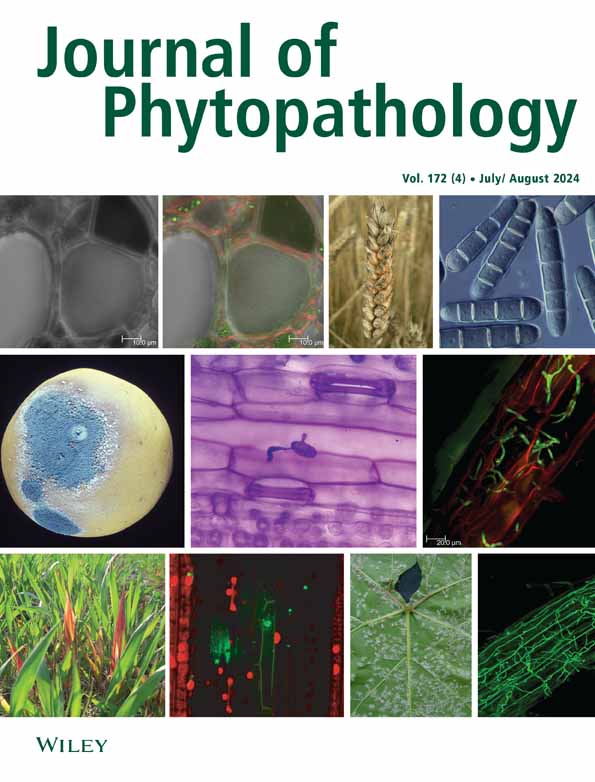Agro-Inoculation-Based Identification of Novel Resistant Donors and Genetic Studies for Leaf Curl Disease in Cucumber (Cucumis sativus L.)
Abstract
Cucumber is an important vegetable crop cultivated in more than 150 countries around the world. Leaf curl disease (LCD), predominantly caused by tomato leaf curl New Delhi virus (ToLCNDV), is reported in cucumbers from different countries of South Asia and Europe and is associated with significant crop loss. The present study focuses on identifying cucumber genotypes resistant to the ToLCNDV, a significant threat to cucumber cultivation around the world. Besides, we have attempted to identify the genotypes with broad resistance to the Begomovirus complex present in the Indian subcontinent. There are no reports so far reporting effective resistance against LCD in cucumber caused by multiple Begomoviruses. Seven selected cucumber accessions from different regions of India were agro-inoculated with ToLCNDV and evaluated for disease symptoms and viral load at various time points postinoculation. Highly resistant genotypes DC-91 and DC-61 were identified, showing no symptoms and low viral accumulation. The resistance to ToLCNDV in cucumber appears to be recessive, with a 1:3 segregation ratio in the F2 population and a 1:1 ratio in the BC1P2 population, suggesting monogenic control. The study validates the resistance source to ToLCNDV from Indian-originated germplasm for future breeding programmes. The use of qPCR analysis allowed for precise quantification of the viral load, confirming the resistance in the Indian-originated germplasm. The economic impact of ToLCNDV on cucumber cultivation is significant, necessitating the development of resistant varieties. The present study emphasises the importance of host plant resistance as a sustainable strategy for managing ToLCNDV, as opposed to cultural practices and chemical treatments, which are limited in effectiveness and increase input costs. The identification of novel sources of resistance from the Indian originated lays the foundation for breeding ToLCNDV-resistant cucumber cultivars, contributing to the resilience of cucumber varieties against this devastating viral disease.

 求助内容:
求助内容: 应助结果提醒方式:
应助结果提醒方式:


